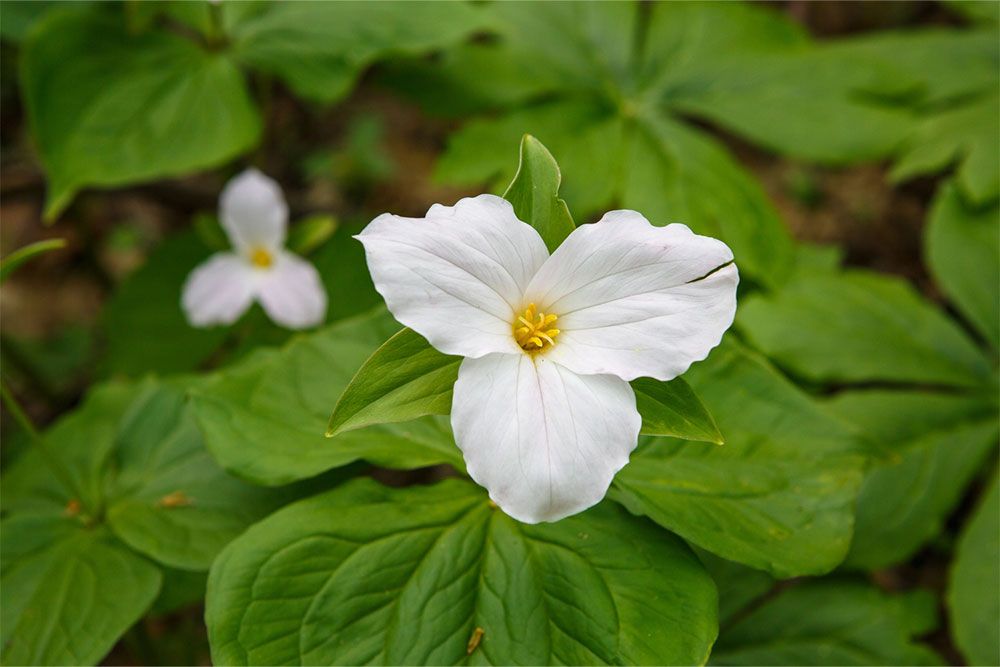A lush green garden makes a house appear more beautiful. But it is not easy to maintain a garden. Some plants have specific humidity, light, and temperature requirements and demand regular care. So, people who often find themselves busy with household chores or work and cannot spend a lot of time gardening must choose plants that require less upkeep. Growing low-maintenance perennial plants might be a good idea in this situation.
Coral bells
This plant is known primarily for its dense coverage of leaves that appear in different colors and shapes depending on its variety. Coral bells can easily grow in both sun and shade and survive in poor soil conditions. They are also drought-tolerant perennials, meaning they thrive even without regular watering. People living in USDA hardiness zones three to nine can pick this low-maintenance option for their backyard. The plant grows between eight and 12 inches tall and 12 to 24 inches wide and blooms between late spring and early summer.
Sedum
Those living in USDA hardiness zones three to nine can also consider growing sedum. Although this plant requires complete sun exposure, some varieties can thrive in partial shade. Dry to medium-moisture, well-drained soil is perfect for sedum plants. That said, the perennial can also survive in rocky soils, emphasizing just how low-maintenance it is.
Yarrow
Yarrow grows between one and three feet tall and has delicate, wispy, fern-like foliage. Its flowers can be cream, yellow, pink, red, or white, depending on the variety. The plant can live for years in USDA hardiness zones three to nine, especially if the soil has low to medium moisture and receives complete sun exposure. The summer blooms are tolerant to drought, which means they will survive even if one forgets to water them occasionally.
Thyme
This perennial can crawl along the ground, which makes it perfect for gardens that require ground cover. Some varieties can even grow into a mounded shape. People living in USDA hardiness zones five to nine will find that thyme grows best in these regions. That said, gardeners would need to give the plant full sun exposure and well-drained soil with dry to medium moisture. Thyme plants usually have pale purple or blue flowers.
False indigo
False indigo thrives well in full sun cover. It is suitable for USDA hardiness zones between three and nine, especially if the soil has low to medium moisture and is well-drained. The plant develops flower spikes that are two to four feet tall and feature pea-shaped blooms in blue, purple, white, or yellow. False indigo has shrubby growth that can create shape and form in mixed perennial gardens.
Coneflower
The coneflower, which grows about two to four feet tall, is a great source of pollen (for bees) and seeds (for overwintering birds). It is also tolerant to drought, making it the ideal low-maintenance pick. The plant has a range of color varieties, including white, orange, yellow, and pink, and thrives in full sun exposure and dry to medium moisture, well-drained soil.
Hostas
This plant has colorful leaves that help brighten up the garden. One can choose from different varieties of hostas. While some varieties have leaves an inch or two long, others feature massive leaves that form clumps as big as six feet wide. The flowers of a hosta plant grow on long stems and are attractive to hummingbirds, bees, and other pollinators. The perennial can thrive in USDA hardiness zones three to nine. Hostas require rich, fertile, well-drained soil and can survive with partial to full shade.
Sage
The sage plant is low-maintenance, tolerant to drought, and aromatic. The varieties that bloom in early summer and grow up to four feet tall make the best garden additions. One can choose from different flower colors, including violet-purple, blue, white, and pink. Sage can thrive in USDA hardiness zones four to seven. Soil that is dry or has low to medium moisture levels is suitable for the perennial to flourish. That said, it will require complete sun exposure to stay vibrant.
Catmint
With attractive flowers, the catmint plant is a top choice for low-maintenance gardens. It has an attractive bloom with flowers from May to September. Catmints flourish in relatively cool and moist soil that is well-drained. They are suitable for those living in USDA hardiness zones three to eight. The plant requires full sun in the northern areas, but southern gardeners could plant it in partial shade. Catmint can grow from one and a half to three feet tall. Those who desire an additional flush of blooms must cut the plants back after the first round of flowering.
Siberian iris
Those looking for low-maintenance yard plants and easy-to-grow perennial flowers can consider the Siberian iris. The plant has several color varieties, like cream, yellow, white, blue, purple, pink, and bi-colors. USDA hardiness zones three to nine offer the best atmosphere for the Siberian iris to flourish. The perennial requires medium-moisture, well-drained soil with exposure ranging from full sun to part shade.
Astilbe
The astilbe is suitable for zones three to nine. It is resistant to pests and thrives and blossoms well when exposed to partial sunlight. The plant grows about one to four feet tall and produces delicate foliage with feathery flower spikes. Depending on the chosen variety, the flowers may appear in different colors, including purple, red, lavender, white, and pink.
